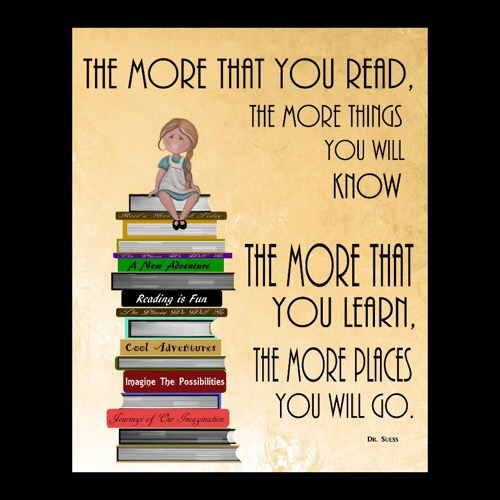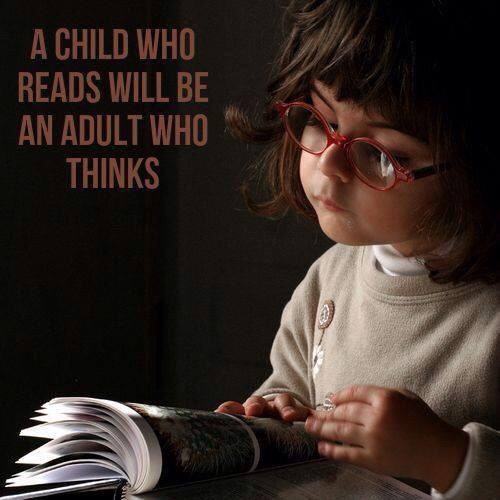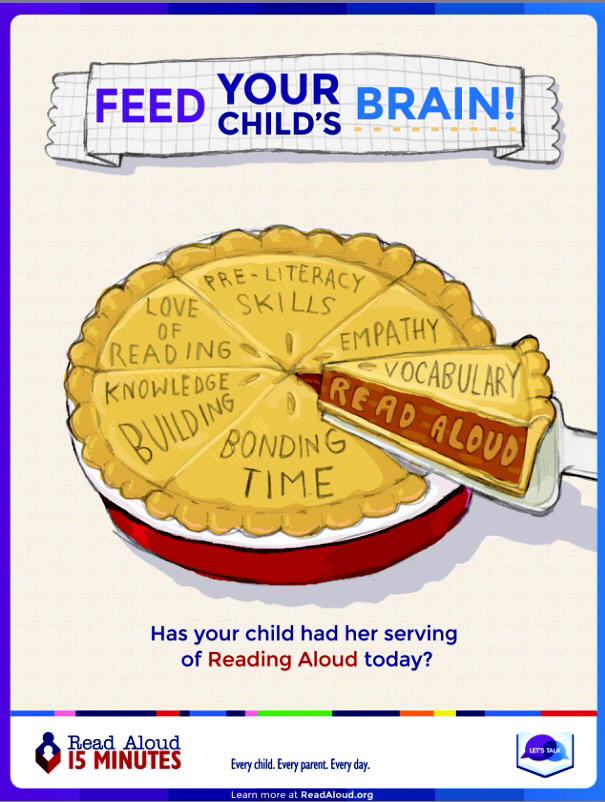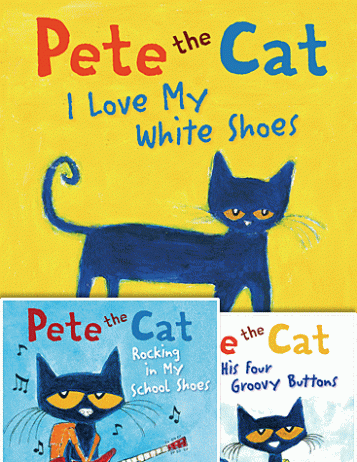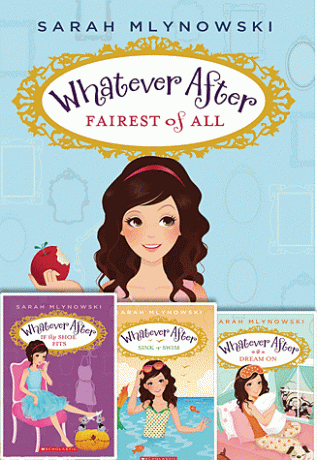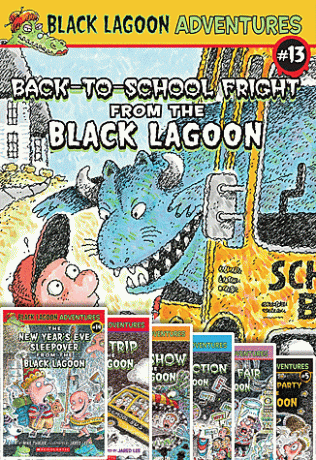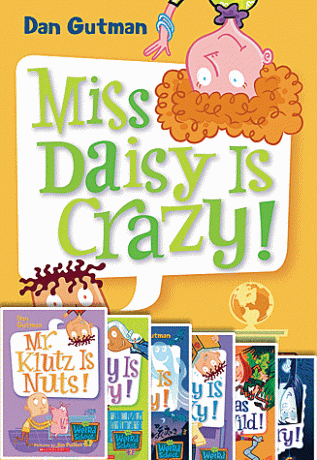
Category Archives: Reading Quotes and Graphics
The ABCs of Improved Reading

Excerpt from National Summer Learning Association
Access to books. It’s critical that kids have access to a wide variety of books over the summer months, but we know that access alone doesn’t make a strong impact.
Books that match readers’ ability levels and interests. For young people’s reading skills to improve, they need to read books that align with their own reading levels. Reading books that are too easy or too hard won’t help!
Comprehension, as monitored and guided by an adult, teacher or parent. The most important piece to making summer reading effective is the help of an adult who can ask questions and guide kids to better understand what they are reading.
Words of Wisdom
The Summer Slide Costs Money…and Time
More than just money, summer learning loss costs time. Precious time. Not only time to the teachers, but time to the parents who oftentimes work and have other children, but most importantly it takes away from our children learning something new. This is where the old phrase, “time is money” makes the most sense.
Though it doesn’t seem like much, the $18,000 or more that the education system spends just on the summer slide equates into almost 1 year of post secondary education. That is a lot of money spent on being counter productive, right?
According to The Summer Learning Association, most students lose about two months of grade level equivalency in mathematical computation skills over the summer months. Low-income students also lose more than two months in reading achievement, despite the fact that their middle-class peers make slight gains (Cooper, 1996).
2 months is a significant amount of time, especially when the school year is generally only about 10 months. That is why I think as parents we need to step up and do more to help our children, our teachers, and our school systems. because despite what some may have you to believe, it really does take a village.
Here are some helpful ways that we as parents can help to combat that learning loss and keep our children engaged:
1. Review your school district’s curriculum maps or standards for your child’s upcoming year and find fun activities online that coincide with the subject matter. In our school district there are not only curriculum maps, but learning objectives, and practice material.
2. Positively reinforce what they have already learned by reviewing this completed school years’ subject matter to show them just how much they have learned. At the end of the school year, my daughter gets to bring home all of her assessments and journals. We go over those together so that she can see the progress that she made from the beginning to the ending of the school year.
3. Everyday have an “unplugged” time where neither you or your child(ren) is/are connected to any electronic devices. Use this time for fun math and spelling drills, reading above grade level books (with your help), free writing, drawing, painting, etc. Right now, my daughter and I are reading the Harry Potter books together and everyday, even on weekend, we do quick math fact drills to keep her sharp.
4. Before the school year is out, make a list of attainable learning goals for your child to learn by the end of summer break and STICK WITH THE PLAN! Make a big deal when goals are accomplished so that your child can get more excited and motivated to learn. So far, she is on goal for learning all of her multiplication facts. We only have 4 more weeks to go and I’m pretty confident that she will learn them all before the time is up.
5. If there is subject matter that your child struggled with throughout the regular school year, now would be a perfect time to hone in on that to see what you can do to help them to comprehend better or feel more confident about the subject.I asked my daughter what she felt she needed to work on, and I made lesson plans based around that and material for the upcoming school year.
6. If you are sending your child to camp, if at all possible, try to enroll them into programs that will challenge them to learn and to be creative. It’s never too late to research good programs, if not for now but next summer break. Most public schools and public libraries will be happy to give you information and suggestions about camps in your area. Some of the camps may also offer scholarships or tuition assistance.
7. Enlist the help of your child’s school. Ask what you can do to help your child over the summer. Your child’s teacher, counselor, or principal should be able to tell you specifically what subjects if not specific material to review to give your child a head start for the upcoming school year.
8. GO TO YOUR LOCAL LIBRARY!!!! Throughout the summer there are so many different programs that most libraries have to keep children learning and engaged. The most popular is typically the summer reading program. Make sure both you and your child have up to date library cards so you can take advantage of all the great reading material and also have access to the computers.
9. Find television shows/programs and movies that are entertaining and educational. If your child watches tv/movies then you have to find a way to use those media sources to your advantage. In the age of Netflix, Hulu, and many other online streaming resources it’s almost impossible not to find a couple of things that kids enjoy that is also engaging. Some of our favorite things to watch are Beakman’s World, Magic School Bus, and Bill Nye.
10. Research and educate yourself on things your child is interested in to find the educational or brain stimulating qualities.Does it stimulate their imagination? Does it help them to become deeper thinkers? Does it challenge their comprehension? Don’t be afraid as a parent to put restrictions, especially through the summer, on things that serve no purpose. I still am unable to find the advantage of letting my daughter watch Disney Channel.
These are just some of my methods that I use to help combat the summer slide for my child. What are some things you do? I would love to hear your suggestions and comments!
Read Aloud
Read!
Read!
Read!
Feed your child’s brain! From ReadAloud.Org
Value Book Packs From Scholastic Book Club
I may not have mentioned this before, but we absolutely LOVE Scholastic Reader! I always looked forward to the day that my teacher would distribute order forms when I was in school. I would rush home and circle all of my favorite books and then my mom and I would narrow the 100 books I selected down to my favorite few. It was always such a hard thing to do. Now, 30 years later, my daughter is coming home just as excited..if not more so, than I was but with just as many books selected. Since I happen to be a sucker for literature, I always end up buying more than the set limit that I gave her. It’s really hard to restrain because the kid picks out some really good books and I find my self getting just as excited as she is about reading them. 🙂
Well, last night during our “quiet time” (I silently read and she reads aloud quietly) we decided to go through her latest Scholastic flyer but we ended up just going to the website instead. The layout of the site is phenomenal and the prices are more than reasonable. They have so many different kinds of books that one can waste quite a bit of time there and your shopping cart can get really full really fast, The best thing I found though, is the awesomely priced book packs! You get a pack of books from a series that are value priced and they are some really great series books. Since Rahni likes to read series/chapter books, I found the book packs to be extremely attractive for the price points! Here are some of our favorites
$20
$7
$8
$20
My Weird School and My Weirder School Pack
$20
These are just a few of our favorites, but there are so many more to choose from! Click here to see all the value book packs available.
Happy reading!
Alicia




